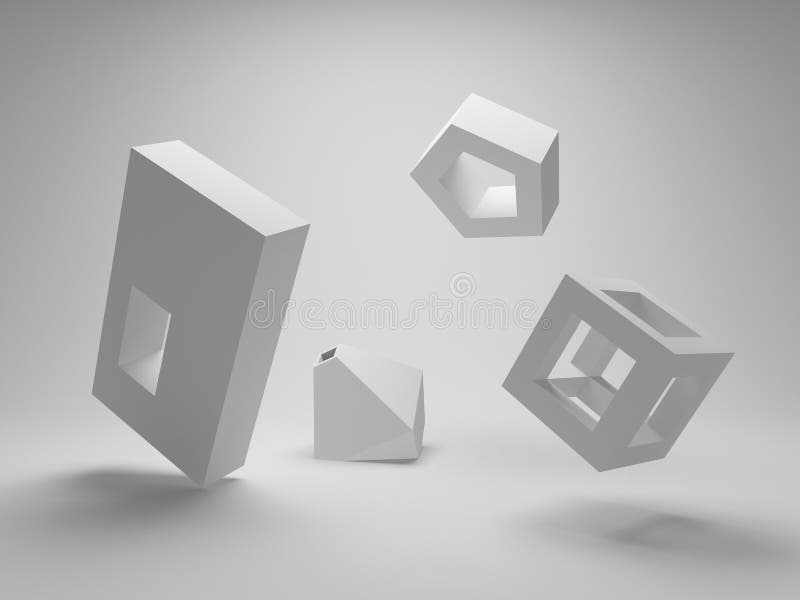


After selecting this tool the bounding box becomes active, which has square-shaped markers. Selection Tool (V) is designed to change the width and height of objects. Pressing the Down Arrow decreases the rounding radius of its corners.Īctions with these keys while creating the polygons using the Polygon Tool will lead to an increase and decrease of the sides of the shape.Īfter creating the shape, it can be edited. For example, when creating a Rounded Rectangle pressing the Up Arrow key increases the rounding radius of its corners. You are able to control some of the parameters of shape when it is being created using the arrow keys. Key in the appropriate values, and click on OK. Try Startup App Try Slides App Other Products With Startup App and Slides App you can build unlimited websites using the online website editor which includes ready-made designed and coded elements, templates and themes. To get the size of the ellipse or other figure change from its center hold down Option / Alt while creating shapes. In practice it is often necessary to fix the center of the created shape, rather than the corner of the bounding box. The corner of the bounding box is located at the point of the first click. Ellipse sizes were changing from the point of the first click towards the direction of the cursor. Release the button when we see the desired shape of the ellipse. Click on the artboard, and without releasing the mouse button, drag the tool pointer diagonally. All that will be said about working with this tool, it is also good for other tools in this group.

This tool is designed to create circles and ellipses. \fill (1.5*#1,0.5*#1) arc - +(0,0.With Postcards you can create and edit email templates online without any coding skills! Includes more than 100 components to help you create custom emails templates faster than ever before. In all three cases the idea is the same first, the regions are shaded, then the shape and the divisory lines are drawn. The \MyShape command has nine arguments the first one controlling the size and the other eight used for the filling colors. There are many possibilities to construct the required shapes I opted for defining some commands \MySquare and \M圜ircle each one having five arguments the first argument gives the length of the side of the square (the diameter of the circle, respectively), and the other four arguments can be used to fill a quadrant. And, last but not least, this site contains a great collection of examples ranging from asimple to very sophisticated. Another valuable source of examples would be the gallery in. There's also a Minimal Introduction to TikZ which could be helpful (I've never read it).
#Basic geometric shapes manual#
As Jake has mentioned in his comment, the PGF/TikZ manual is the definitive reference for PGF/TikZ, and it contains some very gentle tutorials that will help get you started.


 0 kommentar(er)
0 kommentar(er)
